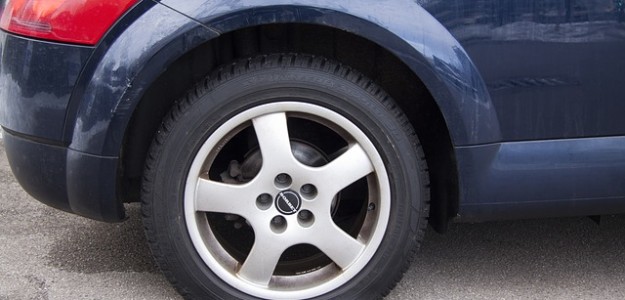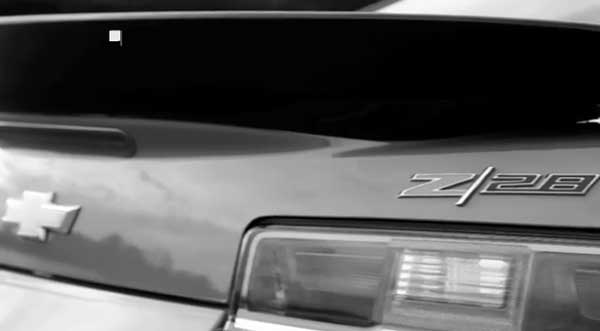Posted on 4/20/2017

A flat tire is one of the best ways to ruin your day. Not only do you have to jack up the car, take the flat tire off, and put the spare on (or call a service like AAA), you have to suffer the inconvenience of having the puncture repaired. But how does a tire repair work, is it effective and when is a tire considered to be irreparable? 1. Tire Repair There are basically three approaches to repairing a tire: - Plugs are used to repair holes in the tread of the tire, normally in the size and shape of the puncture. This should seal leaks from the outside of the tire but may be ineffective at sealing the inside or inner lining of the tire. This is the preferred method as it is quick, easy and inexpensive. - Seals are used on the inside of the tire. This means the tire needs to be dismounted, which is a time consuming task. However, seals are often more effective than plugs. On the other hand, they do not repair the tread or outside of the ti ... read more
Posted on 3/30/2017

It's a fact that the Chevy Camaro Z/28 has the widest front tires of any production car. At 305 mm wide, those tires produce tremendous grip--especially since they're Pirelli P Zero Trofeo RS. In fact, they make so much grip, the Z/28 was spinning the tire around the wheel under braking--the Z/28 was, in effect, outrunning its tires, or at least their ability to grip the wheels. It's an unusual problem for a production car, but it's a good one to have--too much grip is just enough. Camaro Z/28 engineers had to come up with a creative solution to prevent tires from slipping on the rim during hard braking and acceleration on the track. Part of the cause also comes down to the Brembo carbon ceramic brakes, which provide tremendous stopping power for the large but track-worthy Z/28. But regardless of the cause, Chevy had to find a fix for the tire-on-wheel slippage issue. If Chevy hadn't found a solution to the problem, it could have resulted in the whee ... read more